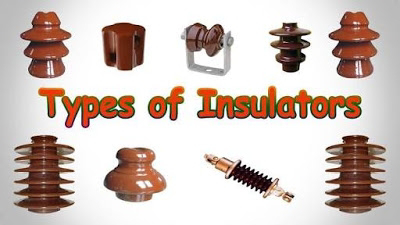Sag Template

Sag Template 1) Sag template is used for allocating the position and height of the supports correctly on the profile. 2) The sag template is usually made up of transparent celluloid, perplex, or somtimes cardboard. 3) Sag template defines the limit of minimum clearance angle between the sag and the ground for safety purpose. Curves marked on the sag template are : 1 ) Hot template Curve or Hot Curve 2 ) Ground Clearance Curve 3 ) Support Foot or Tower Curve 4 ) Cold curve or Uplift Curve fig : 1 ( Note : Above image is enlarged in fig 2 ) fig : 2 Hot Curve : The hot curve is obtained by plotting the sag at maximum temperature against span length. It shows where the supports must be located to maintain the prescr...






